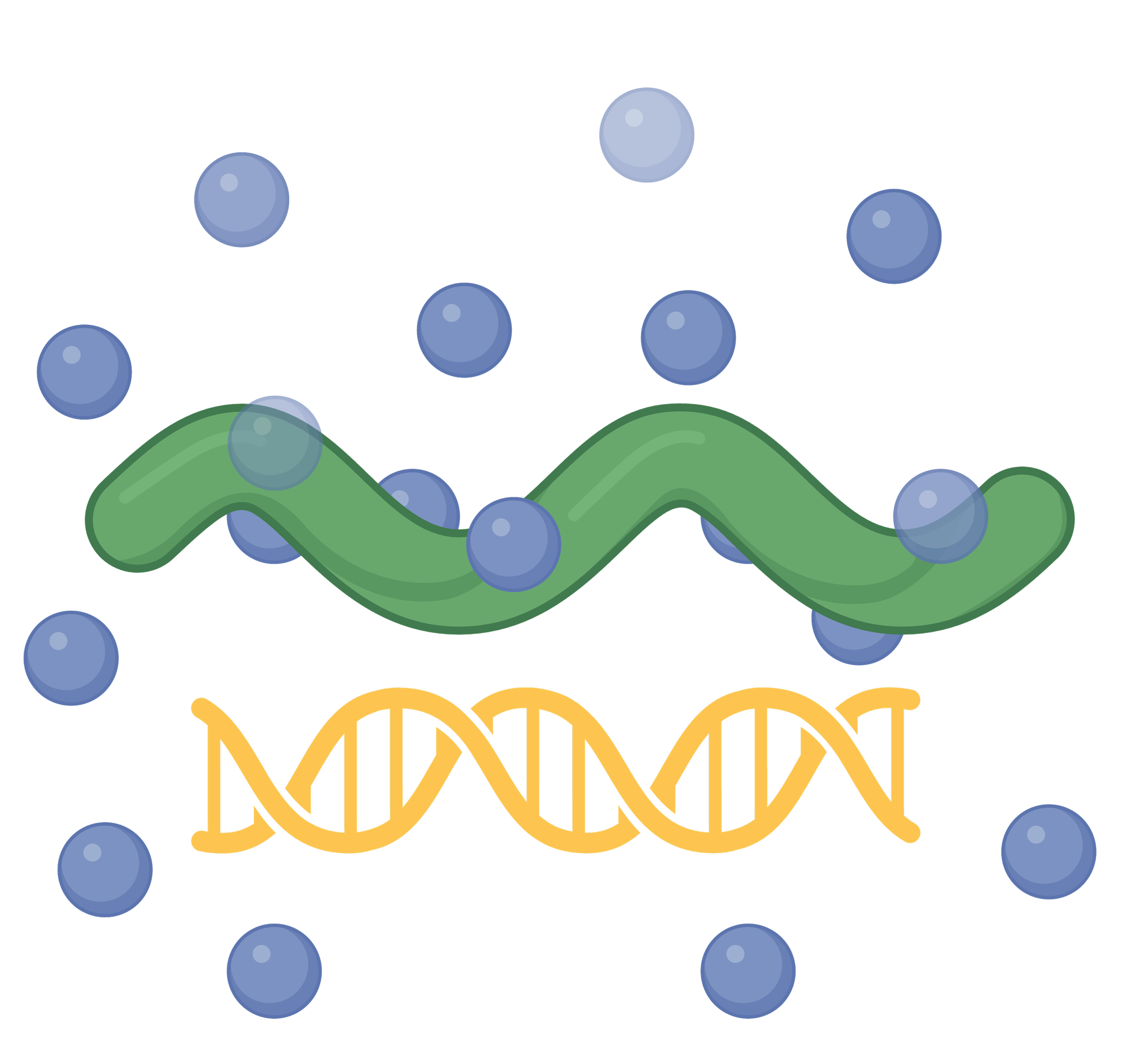-

Host sensing and adaptation
Tick-to-host transmission exposes B. burgdorferi to new environmental pressures, like a new immune system to avoid and new tissues to colonize. In response, B. burgdorferi begin to express genes required for infection. We are examining environmental cues that B. burgdorferi recognize to coordinate this gene expression.
-

Host-pathogen interactions
As part of a large screen, we have identified hundreds of potential interactions between B. burgdorferi and human extracellular and secreted proteins. Now, we are working to validate these interactions, characterize the mechanisms of binding, and examine their roles in human infection.
-

Improved diagnostics
Despite decades of development, diagnostics for many infectious diseases remain slow, insensitive, and reliant on centralized labs. We are working to develop a low-cost biosensor that detects pathogen-specific biomarkers in serum with high sensitivity and without specialized equipment, enabling rapid, accurate point-of-care testing.
